Watson Vs Dialogflow Vs Lex: Analyzing Chatbot Frameworks
Sanam Malhotra | 10th December 2019
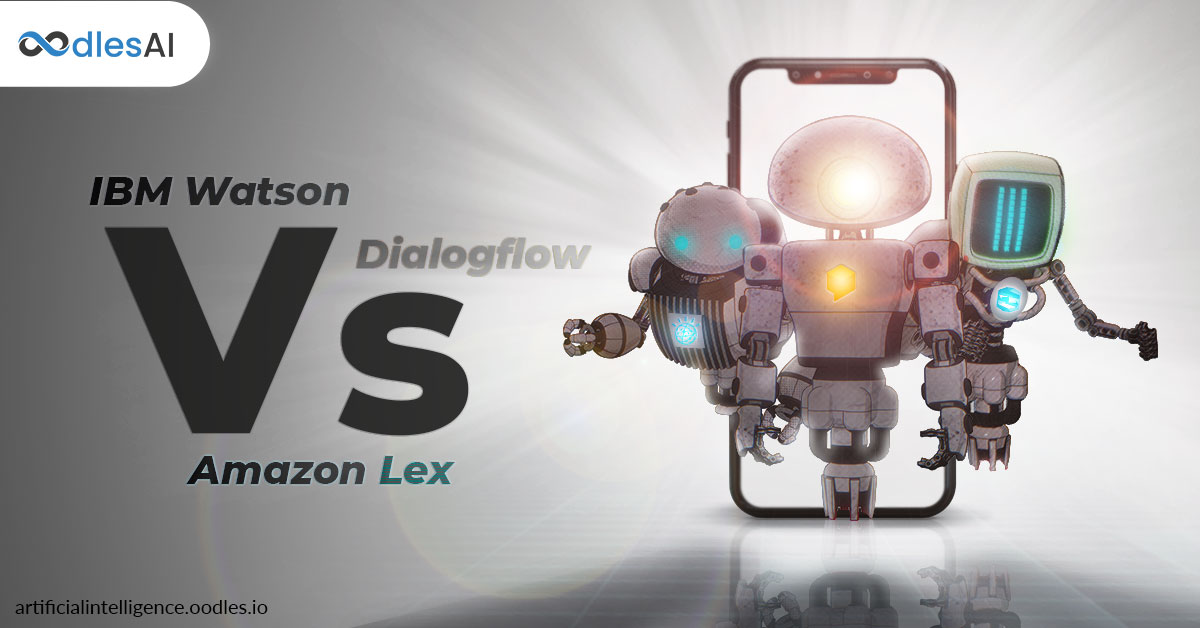
Massive chatbot adoption across industries is automating business interactions significantly. In the face of diversified enterprise needs and complex engineering, businesses are turning to preformed chatbot frameworks for convenient chatbot development. Platforms like Watson and Dialogflow connect multiple artificial intelligence services and encourage business automation with convenient conversational interfaces.
This blog post is a comprehensive guide for businesses to choose their ideal chatbot development framework.
Evaluating Top Chatbot Frameworks
1) IBM Watson
IBM Watson is an AI-powered system that processes natural language to facilitate the development of artificial intelligence applications and chatbots. The platform enables businesses to deploy conversational chatbots and AI assistants across channels, mobile apps, and portals.
To trigger instant and contextual responses to user queries, Watson uses Natural Language Understanding (NLU) APIs. The set of APIs offers text analysis to understand the concept, intent, entities, and keywords through natural language processing.
Watson’s chatbot framework works on a question-and-answer system that classifies user queries into the following categories-
a) Intent
The intent is a category name given to a user’s goal, purpose, or query. For instance, for a food ordering business, a common user query would be,
“I want a hamburger”
which is then qualified and saved as an “#Order_food” intent inside Watson. Here, businesses must recognize and include all the other alternate ways a user may ask for a hamburger. For instance, “Can I have a hamburger?” or “I would like to order a hamburger”.
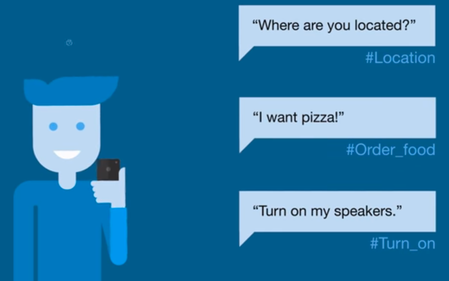
Image source- IBM
b) Entities
The user intents are analyzed by Watson’s ML algorithms to fetch entities or relevant information in the user’s input. For instance, if the intent is to-
“Today’s national news”
The assistant qualifies the day entity, i.e. “Today” and object, i.e. “news” in the form of “@Day” and “@news” respectively. It enables businesses to make targeted responses to user queries by training the system with various alternative entities or values.


Also, Watson offers in-built ad customizable system entities that support common queries such as numbers or time.
c) Dialog
It is the most crucial step in any chatbot interaction that uses intent, entities, and context to build appropriate dialog flow. The interactive abilities of Watson’s conversation are built using the Dialog Node classifies the user inputs into triggers or conditions. The system matches the user’s input with the pre-defined condition to send the appropriate response.
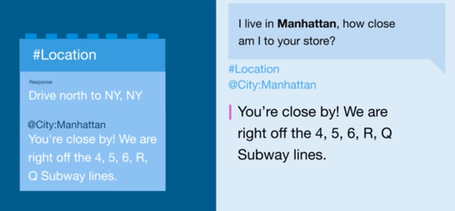
Businesses can define contextual responses to condition-specific dialogs for maximum user satisfaction.
How does Oodles AI use IBM Watson to build business-specific AI solutions?
We, at Oodles AI, have hands-on experience in deploying Watson’s NLP technologies for multiple-industry projects. Our most recent project encompasses an academic website that classifies cross-country research papers using in-built machine learning algorithms. In addition, the portal’s underlying NLU APIs analyze diverse research papers to identify key concepts and themes for better understanding.
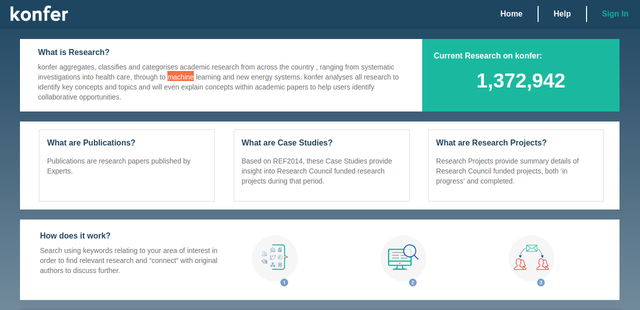
We used Watson to classify over a million publications and research papers collected from renowned universities. Also, the system classifies the respective sentiments of each copy to assist researchers with an automated summarization of specific papers.
2) Google Dialogflow
Dialogflow is a development suite for building conversational interfaces for websites, mobile apps, and IoT devices. Similar to Watson and most of the chatbot frameworks, Dialogflow also works on an “intent, entity, and dialog” process. Businesses preprocess data to feed queries and their synonyms into the system which is then classified as intent and entities.
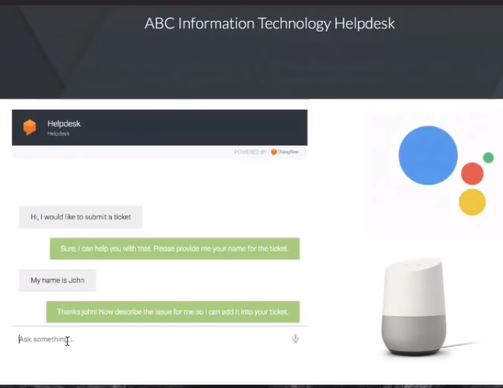
The USP of Dialogflow is that it is an easy-to-use conversational system that enables beginners to create custom chatbots easily. The system requires a minimum number of intents and entities to understand and process the user command.
How does Oodles AI deploy Dialogflow to build interactive chatbots?
With Dialogflow, the AI team at Oodles builds dynamic mobile applications that address user concerns for specific business services. For our most recent POC model, we built a conversational interface using Dialogflow that renders factual planetary information.

We started off by creating entities with planet names and their synonyms into the system. The integration of webhook enables the system to fetch data from server datasets accurately and timely.

Dialogflow chatbot built by Oodles AI in action.
3) Amazon Lex
With a slightly modified system, Lex is yet another chatbot development framework that uses Automatic Speech Recognition (ASR) and NLU APIs. Unlike other frameworks, Lex works on an “intent, utterance, and slot” text classification model to process user queries. However, the ultimate purpose of the variables remains the same as “intent, entity, and dialog”.
The system’s USP is its capability to scale chatbots by providing a serverless architecture that reduces operational costs and complexity significantly. It enables businesses to build chatbot interfaces from scratch with minimum engineering and efforts.
Deploying Amazon Lex and other chatbot frameworks with Oodles AI
The AI team at Oodles is capable of building conversational interfaces using various speech recognition and natural language understanding APIs. We have used the Amazon Lex framework to build contextual chatbots enriched with features like speech and intent recognition.
Below is a POC model of functional media chatbot built by our AI team that provides accurate information for global movies and synopsis.
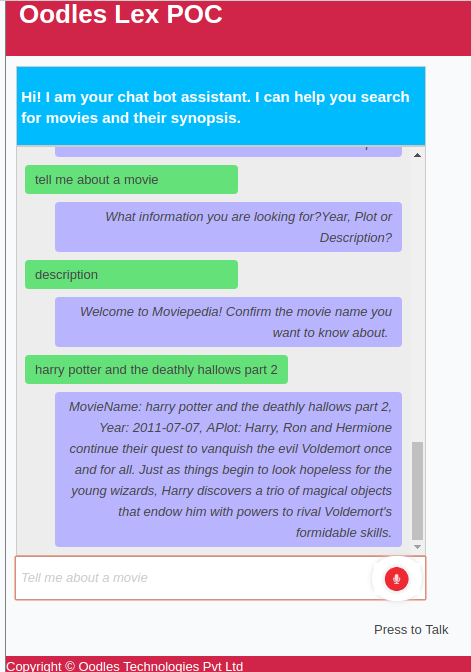
In addition, the custom chatbots we develop can be easily integrated into leading chat platforms such as Facebook Messenger, Whatsapp, etc. As an established chatbot development company, we have rendered multiple industry-specific conversational interfaces that fulfill specific business operations and customer needs.
Talk to our AI development team to know more about our artificial intelligence services.



